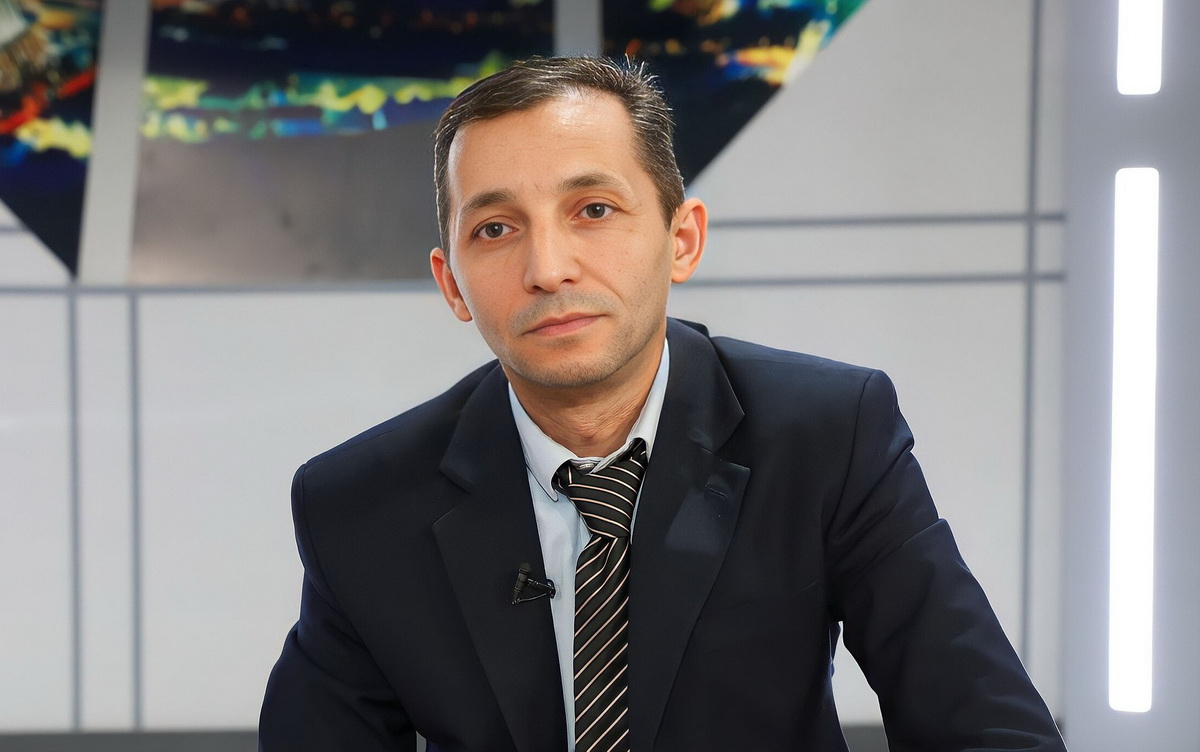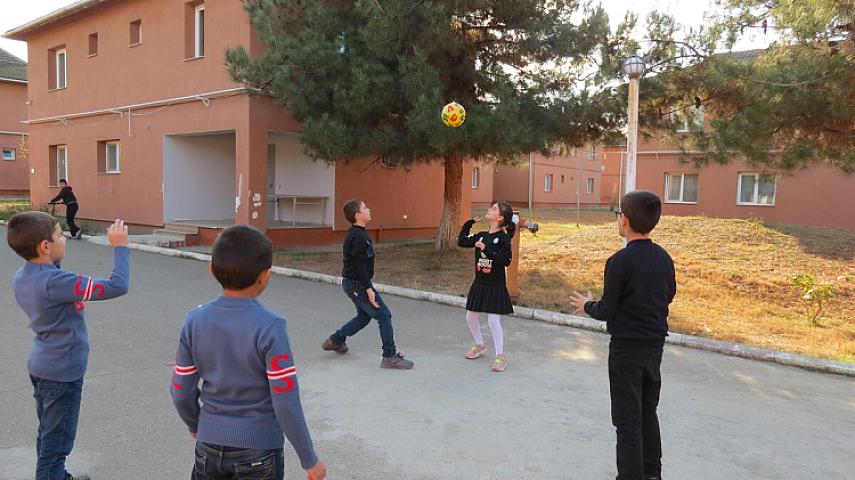According to the report of the State Statistics Committee, between the years 1991 and 2024, the average age of women in Azerbaijan increased by 10.7 years, and the average age of men increased by 11 years; in other words, demographic aging has occurred.
In 1991, when independence was restored, the average age of women in the country was 25.5, and the average age of men was 22.8. In the 2024 report, the average age of women is 36.2, and the average age of men is 33.8.
What factors are demographic aging related to? How can this process affect the future population size and composition, as well as the socio-economic system?

Answering the questions of Medianews.az, sociologist Elchin Bayramli says that after the Soviet period, the number of the elderly generation in Azerbaijan is increasing, while the number of young people is decreasing: “In 1991, there were 26.6 births per 1,000 people, and in 2024, 10 births per 1,000 people were recorded. The significant decrease in marriages compared to the last year of the Soviet era and the increase in divorces is no secret to anyone.”
The sociologist notes that socio-economic problems—poverty, homelessness, unemployment—hinder young people from starting families and having children: “This trend threatens our national gene pool. The main factor is socio-economic problems. Moral degradation also plays a role, but mainly the lack of income, poverty, unemployment, and housing problems have a negative impact. Now families can barely support and raise one child. For a community's sustainable growth, the average number of children per family should be 3. When the fertility rate, that is, the general birth rate, declines, the process of population aging occurs, the share of the young generation decreases, the share of the elderly generation increases, which reduces economic activity and labor force and increases the social burden on the state.”

Elchin Bayramli adds that in many countries, various social support programs are implemented to promote population growth and higher birth rates: “Financial and social aid is provided to newly established families, long-term preferential housing loans are given, one-time payments are made for each child, monthly child benefits are offered, and gifts such as additional housing and land plots are given to large families. We have none of these. Therefore, people are not interested in having many children.
Currently, the criterion for large families in Azerbaijan starts from 6 children, which is not a realistic figure. We have repeatedly proposed that the criterion for large families should be lowered to 3 children. Financial and social assistance, monthly child benefits, and additional preferences should be applied to families with 3 children. If we do not do this, the demographic situation will not improve.”

The sociologist also notes that preserving national and spiritual values and preventing moral degradation are important: “Negative propaganda directed at youth under the name of modernity should end. Because there is a problem of weakening family models among the well-off segment of the population. If serious measures are not taken in social-economic and moral directions, rapid population decline and aging are inevitable in the coming decades. The number of young people will decrease, economic activity will decline, and the social burden on the state will increase. If we want to prevent the situation that will arise in 30 years, we must start working today. Social support programs should be implemented, and large families and family values should be promoted. Divorces should be made more difficult, and the strength of families should be ensured. Otherwise, in the near future, the country will face very serious demographic and social problems.”
From January to August 2025, the population of Azerbaijan increased by 0.24 percent, reaching 10,249,500 people as of September 1. The natural increase (birth-death rate) was 3.4 per 1,000 people, with 4.6 marriages and 2 divorces per 1,000 people reported. Compared to 1991, the natural increase per 1,000 people decreased 6 times, marriages decreased 2.2 times, and divorces increased 1.3 times.
Naile Gasimova,
Medianews.az







